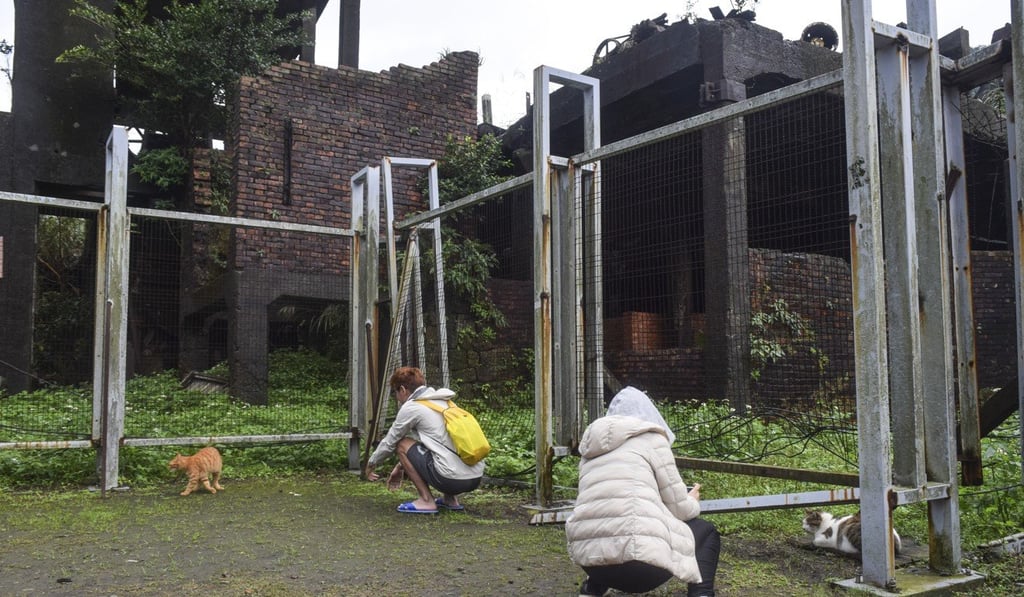Japanese tourists in Taiwan on the colonial history trail in Taipei, Tainan and Hualien
- Occupied by Japan for 50 years, the Chinese island has some of the best remaining examples of post-Meiji Restoration Japanese design
- Ruined shrines, mines and POW camps show the dark side of the colonial period, which ended with Japan’s defeat in the second world war

The ruins of the Ogon Shinto shrine are high on the steep slopes above the residence built for Japanese Crown Prince Hirohito. Close by, the tatami mat floors and the architecture of the Jinguashi gold mine managers’ quarters betray their Japanese heritage.
“I think it is interesting to see these sites from Japan’s history,” says Japanese tourist Kenji Matsue, a history student from Nagasaki, standing next to one of the two remaining stone torii – gates that mark the entrance to Shinto shrines. “I have been to China, I’ve been to see the [Thai-Burma] railway in Thailand [built by POWs in the second world war], and now here, to see this.”
In 2017, Taiwan welcomed almost 2 million Japanese visitors, making the country the second biggest source of visitors to the island after China. Japanese tourists are drawn by Taiwan’s natural beauty and culinary richness, and by the architectural and cultural legacy of Japanese colonial rule of the island between 1895 and 1945.
For 50 years, Taiwan was a dependency of imperial Japan, and during that time some 70 Shinto shrines were built across the island. Few have survived. At the Ogon shrine, built in 1933 by the Nippon Mining Company, the pillars of the main hall are pretty much all that remains. Like an ancient Greek ruin, they are a reminder of a time when Taiwan’s rich gold, copper and coal deposits were a source of important commodities to be shipped back to Japan to help fuel its expansion across East Asia.

“To see the mining infrastructure, this temple, the railways, it means we did some good here. But I have read about the bad things as well, and it makes me sad to learn the other side of Japanese rule,” Matsue says.
The Japanese faced armed resistance in Taiwan throughout their period of control, and thousands died on both sides. During the second world war, the Japanese imperial army used Allied and local prisoners of war as labour in the mines dotting northern Taiwan to support the war effort.